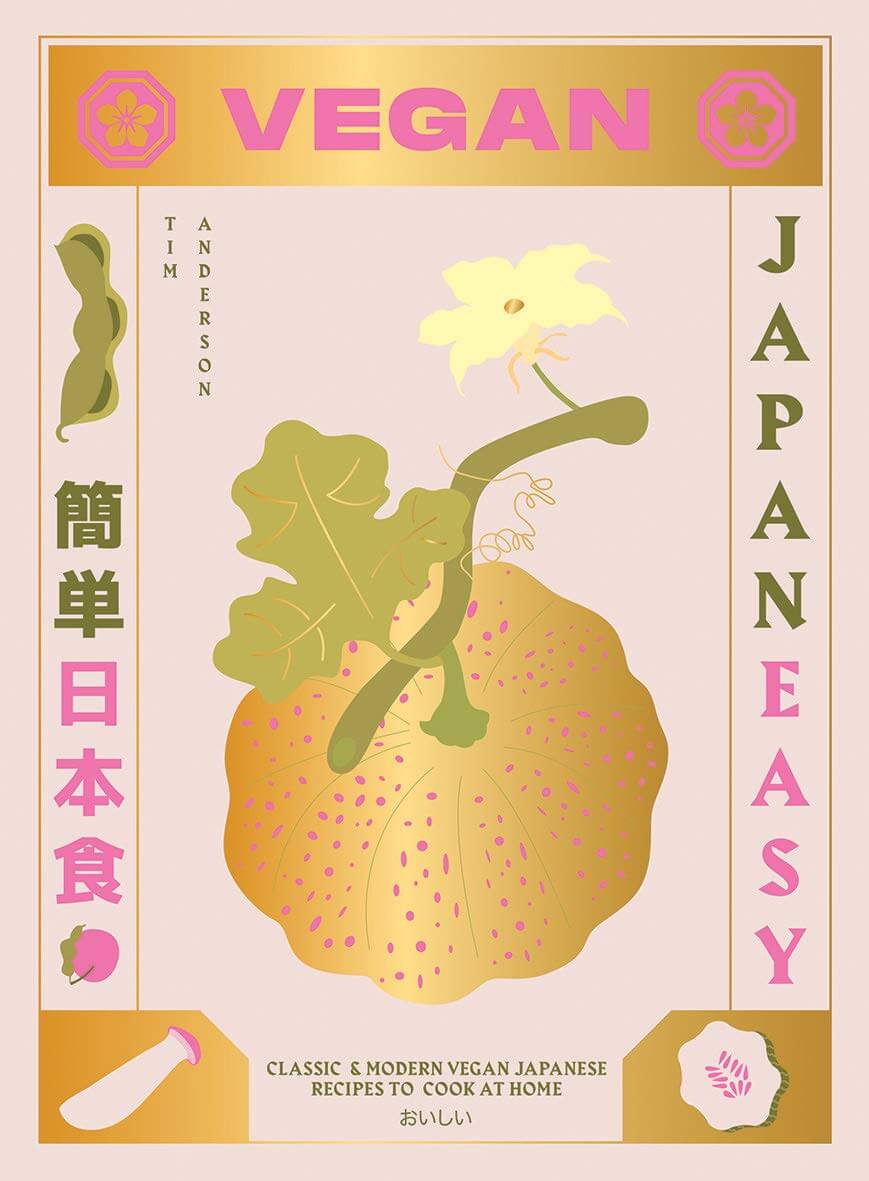Recipe for Mapo Tofu by Tim Anderson
The American chef proposes a vegetarian version of this recipe from Sichuan, in his latest book ‘Vegan JapanEasy’.

‘Vegan JapanEasy: Classic & Modern Vegan Japanese Recipes to Cook at Home’ by Tim Anderson © Nassima Rothacker
Mapo tofu is a classic recipe that originates from Sichuan, a province in Southwest China. This family dish has crossed the border to arrive on Japanese tables in a version that’s sweeter and far less spicy. Chef Tim Anderson proposes a version that remains true to its Chinese origins but without pork, in his book Vegan JapanEasy: Classic & Modern Vegan Japanese Recipes to Cook at Home.
‘I tried many recipes, including several vegetarian versions, but I kept coming back to the classic pork version. Which was a shame, because mapo tofu is so nearly vegan and I felt the pork wasn’t necessary,’ the chef explains. After several experiments, he managed to find the key ingredient to replace pork: freekeh, an oriental green grain.
In his different recipe books, Tim Anderson almost exclusively selects recipes with ingredients that can be easily found in a normal supermarket. In this recipe, he notes that two of the ingredients can prove difficult to find: preserved black beans and doubanjiang, a salty bean paste. ‘The preserved black beans can be omitted if you can’t get them, and doubanjiang can be replaced with miso, but you’ll have to add a bit more chilli to give your mapo tofu the requisite kick,’ the chef explains.
Tim Anderson is an American chef who won the 2011 series of MasterChef UK. Having graduated in 2006 from Occidental College in Los Angeles, where he studied the history of Japanese cuisine, he then lived in Japan for two years, in Fukuoka. He now lives in London, where he runs two Japanese restaurants: Nanban Brixton and Nanban Central. Vegan JapanEasy is his latest book, following Nanban, JapanEasy and Tokyo Stories.
Serves 4
Ingredients
2 packs (600–700 g) firm or extra firm silken tofu, cut into 2.5-cm cubes
100 g plump whole grains, like freekeh, buckwheat or pearl barley
1 ½ tablespoons Sichuan peppercorns
4 dried red chillis, or 1 heaped teaspoon dried chilli flakes
4 tablespoons vegetable oil
1 birds-eye chilli or other strong chilli (quantity to be modified as desired), chopped
10 g fresh ginger (peeled weight), finely grated
1 leek, halved and cut into 5-mm slices
1 tablespoon preserved black beans (optional)
80 g doubanjiang (Sichuan chilli bean paste)
1 ½ tablespoon caster sugar
50o ml dashi
1 tablespoon sesame oil
1 ½ tablespoon cornflour, mixed with a little water
Mushroom ketchup and/or soy sauce (to taste)
Small handful of coriander, roughly torn
Toasted sesame seeds, to garnish
Generous amount of sansho pepper (to taste)
Method
Bring a pan of salted water to a simmer, add the tofu and poach for 10 minutes. Remove with a slotted spoon and transfer to a tray to air-dry. Return the water to the boil and add the grains. Cook until al dente. Drain well and set aside.
Toast the Sichuan pepper and the dried chillis in a dry frying pan on a medium-low heat until aromatic, then remove. Leave to cool, then grind to a coarse powder in a spice grinder or with a pestle and mortar.
Add the oil to the frying pan and put over a high heat, then add the bird’s-eye chilli, garlic, leek, black beans, and cooked grains. Fry until the leek softens slightly, then add the doubanjiang or miso, caster sugar, and ground Sichuan pepper and chilli mixture. Cook for a few minutes, stirring often.
Add the dashi and sesame oil. Bring to the boil, then stir in a spoonful of the cornflour-water mixture. Let the sauce boil for a few minutes to thicken; add more cornflour if you want it thicker. Taste the sauce and adjust the seasoning with mushroom ketchup and/or soy sauce. Gently stir in the tofu to coat it without breaking it up.
Serve with the coriander and sesame seeds sprinkled on top, and lots of sansho pepper.
Vegan JapanEasy: Classic & Modern Vegan Japanese Recipes to Cook at Home (2020), written by Tim Anderson and published by Hardie Grant.

© Hardie Grant
TRENDING
-
A House from the Taisho Era Reveals Its Secrets
While visiting an abandoned building, Hamish Campbell discovered photographs the owner had taken of the place in the 1920s.

-
The Taboo-Breaking Erotica of Toshio Saeki
The master of the 1970s Japanese avant-garde reimagined his most iconic artworks for a limited box set with silkscreen artist Fumie Taniyama.

-
With Meisa Fujishiro, Tokyo's Nudes Stand Tall
In the series 'Sketches of Tokyo', the photographer revisits the genre by bringing it face to face with the capital's architecture.

-
Masahisa Fukase's Family Portraits
In his series ‘Family’, the photographer compiles surprising photos in which he questions death, the inescapable.

-
Hajime Sorayama's Futuristic Eroticism
The illustrator is the pioneer for a form of hyperrealism that combines sensuality and technology and depicts sexualised robots.





